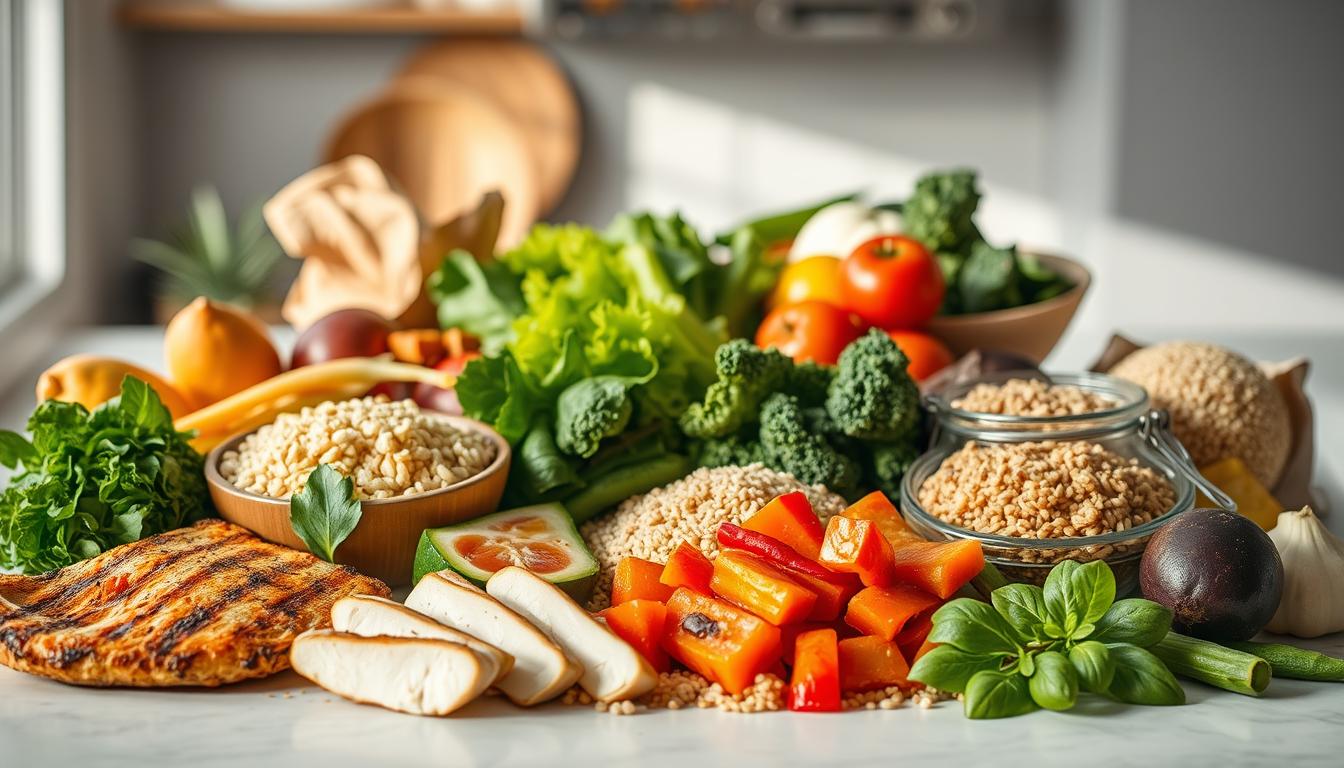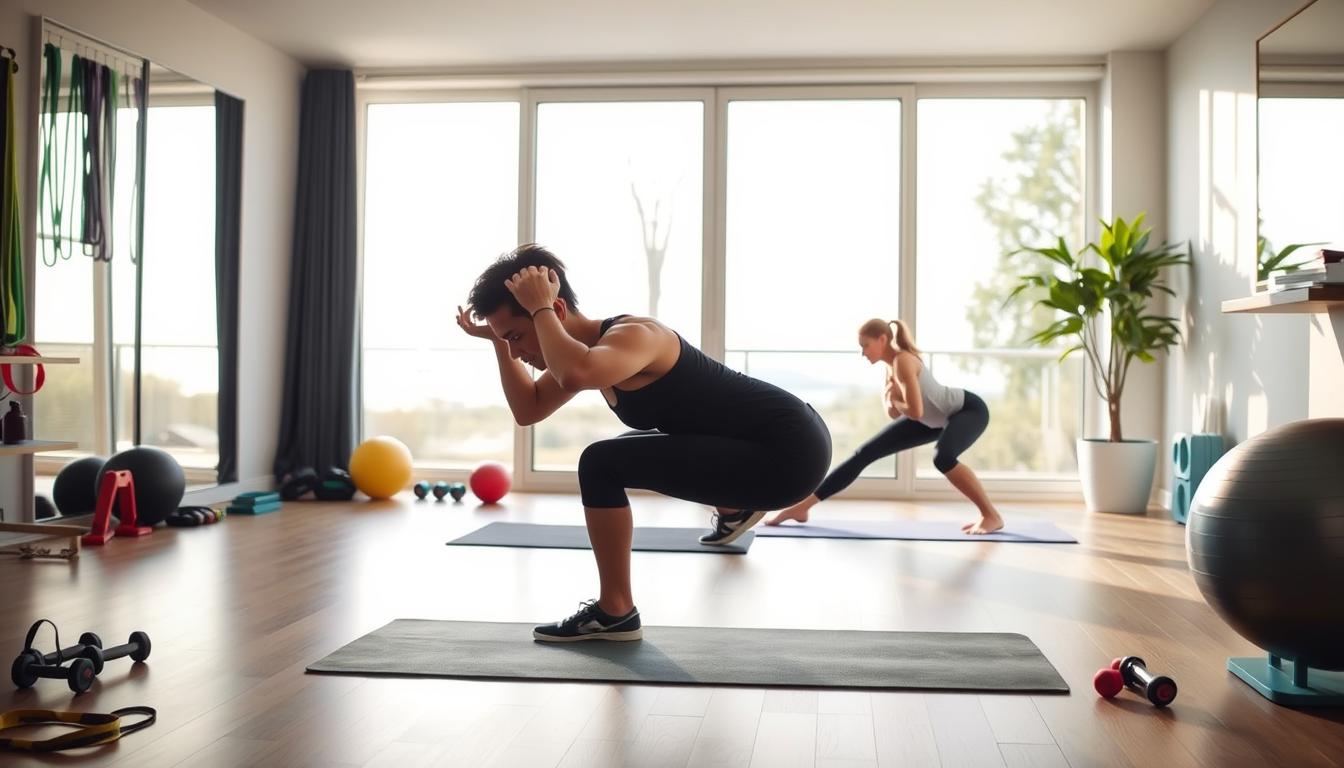Did you know that over 80% of Americans consume caffeine daily, often as a quick fix for fatigue? However, relying on caffeine can lead to…
Author: Administrator
Optimal Nutrition for Workout Beginners: Eat This, Not That
Did you know that proper nutrition can significantly enhance your workout performance and recovery? For workout beginners, understanding the basics of nutrition is crucial for…
Simple Meal Plan for Fitness Beginners
Starting a fitness journey can be challenging, especially when it comes to planning the right nutrition. Did you know that a well-structured meal plan can…
Best Home Workouts for Working Professionals
Did you know that regular exercise can boost productivity by up to 15% and improve overall well-being? For working individuals, finding time to hit the…
Fit in a Quick 15-Minute Workout Today
Did you know that incorporating just 15 minutes of exercise into your daily routine can significantly boost your productivity and overall well-being? Busy professionals often…




